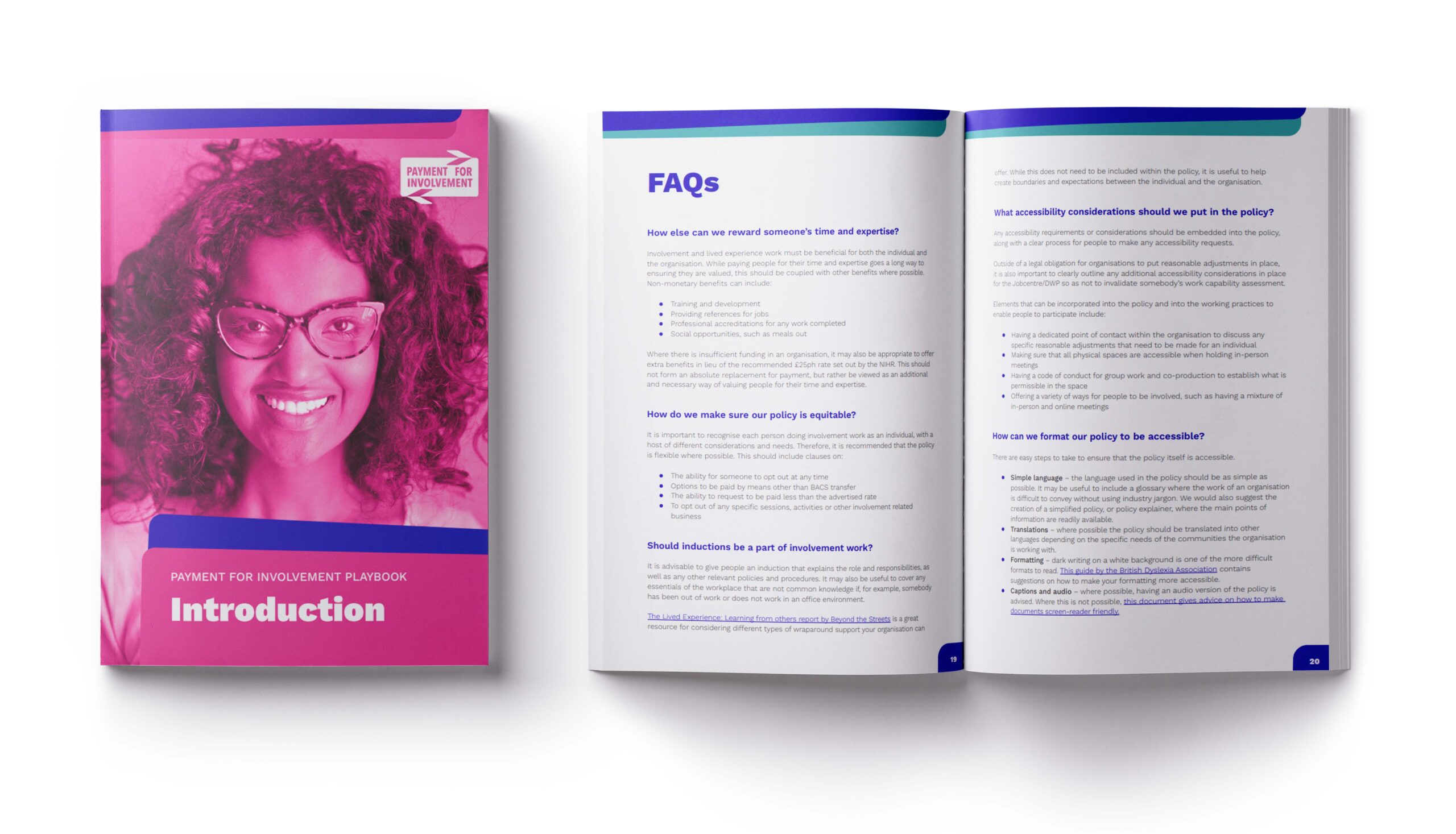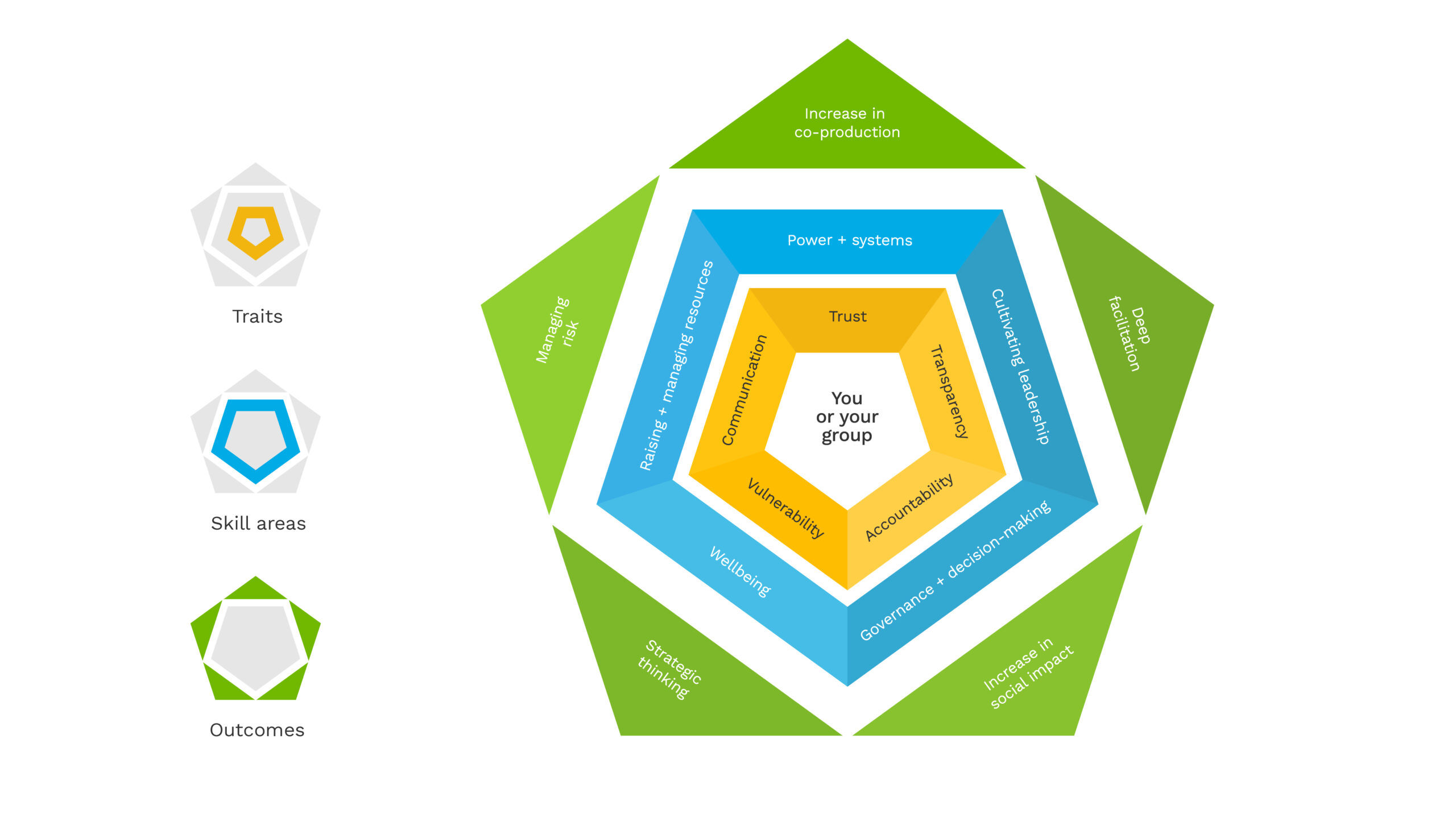Addressing workplace bullying in the third sector

We spoke to Kristiana Wrixon, leader of the research on safer cultures and bullying in the workplace
We spoke to Kristiana Wrixon, head of policy at ACEVO and leader of the research on safer cultures and bullying in the workplace, about workplace bullying in the third sector and the importance of effective leadership.
One of the things that Kristiana researched was how cultures where bullying takes place form and how they can persist over long periods of time. “There’s a term I came across when we did our original report that I think is really helpful, cultural slippage. It’s the idea that if you don’t challenge the low-level stuff early on it kind of builds and builds and slips and slips, and escalates until you get incredibly poor behaviour,” Kristiana explains.
“One of the things that we wanted to look at is how can you challenge poor, what you might call low-level behaviour, and what kind of structures exist within the charity sector that might make it harder to address or deal with bullying or harassing behaviour.”
(Prefer to listen? Get the full podcast interview here)
Recommendations for addressing workplace bullying
Greater clarity
One of the recommendations put forward in AVECO’s report – In Plain Sight: Workplace Bullying in Charities and Implications for Leadership, is for The Charity Commission to clarify the existing regulations and guidance, so it is understood what they can and can’t do in cases of bullying. “It’s so that we know where the holes are in terms of redress for people who have experienced bullying,” Kristiana says.
Create designated wellbeing leaders
Another interesting recommendation Kristiana suggests would help address workplace bullying is for charities to nominate at least one trustee and a member of the senior management team to lead on workplace wellbeing. Kristiana tells us that ACEVO is going to produce a job description for that role, or role description, highlighting those clear responsibilities that relate to workplace well being. She explains:
“That doesn’t mean it’s just those people’s responsibilities – because safeguarding, safe cultures, well being, it’s everyone’s responsibility – but we thought it was important for those lines of account to be clearer because there were some people in the research who said, “I didn’t know how to go to my board.” Or, “I didn’t know who to contact my board or who to contact in the senior leadership team.”
“[We wanted] to try and break the culture of silence and to start having conversations”
And that can be especially difficult when the person who is bullying you is more senior. So you might need to go to the board or a member of the senior management team when you might want to go again to the board. Or if you’re a CEO and the chair is the problem. Then having another member of the board that you can talk to”.
Break the silence
For many of those who participated in the interviews for this report, it was the first opportunity to speak openly about what they had experienced. We asked Kristiana how best we could break this culture of silence. She explains, “[We wanted] to try and break the culture of silence and to start having conversations like this. And I think it’s really important and we’ve said it throughout, that bullying isn’t prominent specific to the charity sector. It happens in every workplace. And what we want to do is shine a light on it so that we can talk about it. So if we start having these discussions, then we can start thinking about how we can address the problems. But if we don’t do that then they’re going to continue to exist in plain sight, which is what led to the name of the report.”
Be leaders in the sector
Kristiana says that it’s particularly important for the third sector to lead on addressing these issues: “They know what their principles are and what they stand for. And I think it’s just about reflecting that in everything we do.
So not necessarily just the work we do externally with the communities we serve and with the causes we support, but internally by creating [healthy] workplaces.
I think that this is a useful piece of work that feeds into what kind of workplaces do you want to have as a charity sector. And I think we want places that are inclusive and we want places where mental and emotional and physical health is valued.”
Next steps
The report draws on a number of examples from people, through surveys and interviews, about the workplace bullying they have experienced, and the recommendations and conclusions were based on those accounts.
“broadly the charity sector is a really positive place to work and people want to make sure that that’s the case for everybody”
Kristiana says, “I’d like to continue to be as involved as possible with advocates, with people who’ve experienced bullying in the workplace themselves, or just anyone who’s got an idea about how we can take it forward. I want to hear that and want to be able to feed in as much of that as possible. I hope it’s going to be a collective endeavour and there is so much support out there for this work. I’ve been really blown away by the response. I think that broadly the charity sector is a really positive place to work and people want to make sure that that’s the case for everybody.”
Good practice from within the sector
Kristiana points to a number of different programmes that feed into each other on workplace bullying in the third sector. “This piece of research is part of a wider programme of work convened by DCMS, with different organisations doing different things. NCVO released the Charity Ethical Principles earlier this year, which is almost like the charitable equivalent to the Known Principles of Public Life, and they’re convening a group of charities to look at developing safeguarding training as well, which would be a practical resource.”
Listen to the full interview with Kristiana Wrixon over on Spotify (or wherever you get your podcasts).
Subscribe to The Social Change Agency podcast for more great interviews and insights





